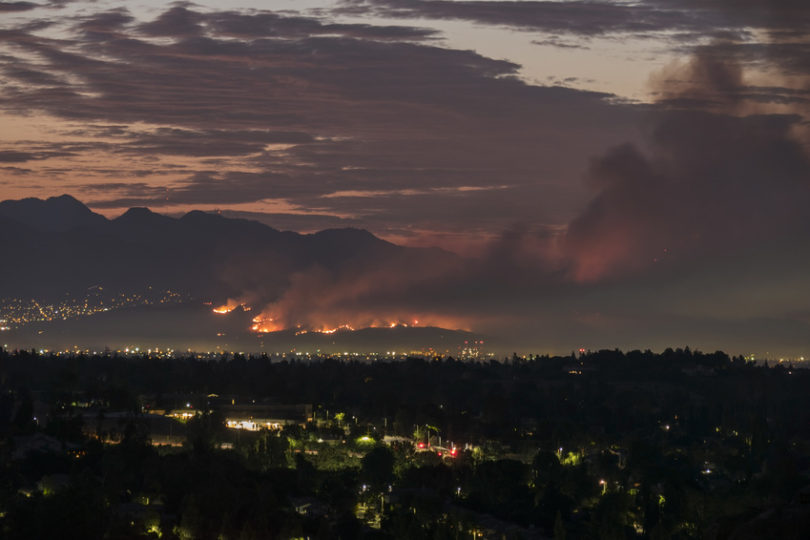Fire warnings are notoriously hard to issue compared to other natural disasters and environmental risks. For the California wildfires stretching across thousands of acres of land, many are wondering why residents weren’t given more of a warning.
It’s estimated that the California wildfires have devastated hundreds of homes and have resulted in thousands of refugees who managed to evacuate before the fire reached their home.
This was, in part, thanks to the efforts of evacuation orders once fires get too close. But an estimated 130 people are still missing. Because meteorologists knew that conditions were conducive to spreading the wildfire, some are saying that the efforts of the state weren’t quick enough.
But why are fire warnings seldom used? And why do evacuation warnings come at the last minute for residents?
Unfortunately, knowing that conditions are conducive to wildfires, such as high winds and lack of rain, doesn’t mean that the wildfire would catch in a certain area. On top of that, members of the National Weather Service don’t have the power to alert the public. This means that the final decision to alert the populace lies in the hands of an emergency manager instead of weather staff.
As such, fire warnings are hard to deliver because of competing interests of federal agencies in regard to the wildfire community. Giving jurisdiction over to the National Weather Service or another environmental group simply hasn’t been allowed in years past.
Fortunately, the National Weather Service and other agencies are discussing changes in the way fire alarms are announced to the public.
This could be a game-changer for areas that are frequently affected by wildfires, like California.
According to recent reports, the fire first burned at a rate of nearly 30 football fields per minute. The heat has reached temperatures strong enough to burn the aluminum wheels on cars.
Many metals have extremely high melting points. For example, molybdenum has a melting point of 4,748 degrees Fahrenheit. For a lesser metallic element like aluminum, the scorch of the fire was enough to leave them in puddles.
Should the homeowners hope to rebuild, the costs can be enormous. It’s estimated that between 150 million to 225 million window coverings are shipped across the United States each year as new homes are rebuilt and remodeled. The costs of rebuilding can seem out of reach for those without home insurance.
One evacuee details how it felt to leave.
“It was pretty shocking, but I didn’t really feel the emotions until I showed up to the house. The steps were still there, but the door wasn’t,” said survivor, Amour Armony. “I looked down into a 30-foot ditch. I got this huge wave of heat from everything burning that hit my face. Then it really hit me.”
Establishing a proper alarm system is the only way we can save more lives from devastating fires like this.








